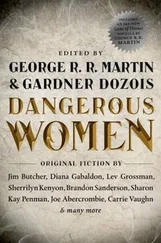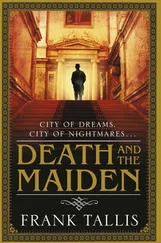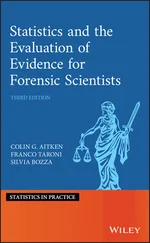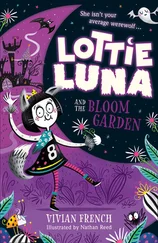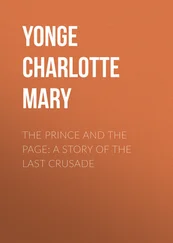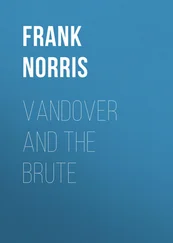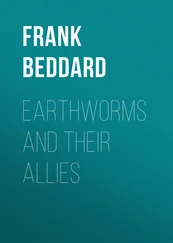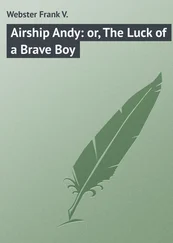Fluchtpunkt Hollywood (Münster: MAKS, 1984) was published as an appendix to Anti-Nazi-Filme ..., Horak’s doctoral thesis. Fluchtpunkt can be regarded as an expansion of ‘The Palm Trees ...’ as the range of issues discussed is much broader. These issues include, for instance, emigration to Austria, Hungary, France and the UK, as these were the countries where most of the émigrés first sought refuge before finally settling in the US. Fluchtpunkt also makes it clear that it was political developments (e.g. the yielding to Nazism by Austria and Hungary; the invasion of France and the Blitzkrieg on the UK by Nazi Germany) that forced the émigrés to move on to the US. He also takes into account the film-business relations between Germany and the US prior to 1933, concluding that the subsequent integration of refugees arriving after the Nazi takeover was facilitated by the sizable German community that had already established itself in Hollywood by the time the majority of the exiles arrived. Other aspects he discusses in more detail than in ‘The Palm Trees .’ are the various waves of emigration (the first big wave arrived following the Anschluss, and the second after the outbreak of WWII), anti-Semitism and racism the émigrés faced in the US, and the founding of the Hollywood Anti-Nazi League. However, certain topics receive more attention than others, such as the collaboration in both Europe and the US between Koster, Pasternak and Jackson. This anticipates a future preoccupation of Horak‘s, which culminated in an article he co-wrote with Asper (see below). Unsurprisingly, Fluchtpunkt also covers the anti-Nazi films which, of course, had become his chief preoccupation.
Besides being a compendium of film exile - in which regard it resembles a number of similar publications discussed above that came out at the same time - what sets Fluchtpunkt apart is that it was one of the first reference works on film exile. In fact, the better part of the book consists of a lexicon of biographical data pertaining to exiled film artists. Needless to say, in those pre-Internet days when Fluchtpunk was first published, and when scholars had limited access to reliable biographical data on former émigrés, Fluchtpunkt was an invaluable, if not unique, research tool, enabling the reader to gather information at a glance on a vast number of émigrés, including actors, directors, producers, and all kinds of below-the-line personnel.
Horak’s chapter on ‘Exilfilm’ in Geschichte des deutschen Films (Jacobsen, Kaes,
Prinzler (eds.). Stuttgart, Weimar: Metzler: 1993) also draws on his previous publications, notably on Fluchtpunkt Hollywood and Anti-Nazi-Filme, to provide a comprehensive summary of what was by now the mature field of exile research. The article allowed Horak to raise important new questions, such as the definition of exile film as opposed to film exile. Horak explains that exile film and film exile are two different entities, the latter, according to him, denoting the actual duration of exile of the exiled film artist, while the former specifically defines a film ‘that was made outside Germany after 1933, produced, directed, and written by German emigrants’ (Horak in Jacobsen, Kaes, Prinzler 1993: 101).
Demarcating exile film is indeed crucial, as it allows us to identify the possible contributions and influences of the émigrés on the film industry in the host country, be it France, the Netherlands, or the United States. Hence Horak rightly claims that ‘exile film must be embedded in film history as a chapter that runs parallel to that of the Third Reich’ (Horak in Jacobsen, Kaes, Prinzler 1993: 102), for, as he makes clear, ‘for a lot of German film-makers of the 1960s, the real German film history was not defined by fathers tainted by the Third Reich, but by émigrés like Fritz Lang and Lotte Eisner’ (Horak in Jacobsen, Kaes, Prinzler 1993: 102). Examples in support of Horak might include Werner Herzog’s friendship with Lotte Eisner and his remake of Murnau’s Nosferatu (Prana-Film Gmbh, Germany 1921; Werner Herzog Filmproduktion/ ZDF/ Gaumont International S.A.,W-Germany 1979); Schlöndorffs acceptance speech at the Academy Awards in 1980, in which he thanked Fritz Lang in particular; or Douglas Sirk’s influence on R.W. Fassbinder. Horak himself mentions several similar examples, including genres in which the émigrés had already excelled during their Weimar period and which were imported into the host country, one of them being the Kostümfilm, 16or its subgenre, the biography film or biopic. Moreover, the fact that a number of American films were based on German plays by émigré authors, e.g. Carl Zuckmayer’s Der Hauptmann von Köpenick, which was released as I Was A Criminal (John Hall Productions, USA 1945) in the USA in 1945, and involved a host of émigré-contributors, among others, Alfred Bassermann (male lead), Richard Oswald, the director, remaking his own Berlin production from 1931, Albrecht Joseph (screenplay), also proves Horak’s claim that exile film and the film of Third Reich cannot be separated. Horak explains, ‘for the exiled film-artists, exile film, like exile literature and exile journalism, was a continuation of the democratic traditions of German culture, such as they were prior to Hitler’s rise to power’ (Horak in Jacobsen, Kaes, Prinzler 1993: 102): democratic traditions which also found their expression in charitable organisations such as the EFF, which granted support for émigré film artists from all walks of life.
In ‘Three Smart Guys’, written in collaboration with Helmut G. Asper (In: Film Criticism, Vol. XI, nr.2, 1999), Horak further develops his comments on genre in exile film, here in relation to musical comedy. The title of the article refers to the first of a string of films by émigré-director Henry Koster, starring Deanna Durbin, Three Smart Girls (Universal Pictures, USA 1936). Like all of the film’s sequels, it was produced by émigré Joe Pasternak. The financial success of Three Smart Girls gave Koster and Pasternak enough clout to get their studio, Universal, to send for their collaborator, the screenwriter Felix Jackson, who was still in need of a visa.
When Horak and Asper wrote their article, Horak was head of the archives at Universal Studios, and thus had unrestricted access to the studio’s archives and records. Horak and Asper convincingly show how ‘three refugees from Adolf Hitler’s Germany [Henry Koster, Joe Pasternak, Felix Jackson] adapted themselves to the working methods of the studio system, while at the same time bringing to bear their European heritage. In doing so, they not only influenced briefly the formation of a major American film genre, the musical comedy, through the discovery and nurturing of a young star [Deanna Durbin], but in the process also literally saved a major Hollywood studio, Universal, from certain bankruptcy’ (Asper & Horak 1999: 135). Asper and Horak draw interesting parallels between the light, musical comedies Koster, Pasternak and Jackson had made in Europe and their subsequent Deanna Durbin musicals at Universal, showing that the latter were a continuation of the former, the only significant difference being that their star had now changed as the primary stars of their European output, Dolly Haas and Francisca Gaal, were now replaced by Deanna Durbin. The article also illustrates compellingly how the blueprint of Koster, Pasternak, and Jackson, since it had proven so profitable, was emulated by studios such as MGM. For all we know, the MGM musicals of the 1940a and 50s would not have been the same without the influence those three émigrés had on Hollywood’s film industry.
As many émigrés were still alive when Horak first embarked on exile research, he was able to rely on first-hand accounts. These oral histories, as we have seen, were Horak’s initial contribution to the field. Also, by shifting the focus away from the émigrés themselves to their creative output, he opened our eyes to the mark they left on the film industries of their host countries. Horak was also the first to clearly define exile film, thus narrowing the area of investigation from a plethora of films to which a number of émigrés contributed in varying degrees, to those films in which the input of the émigrés is distinctly discernible. In addition, he redefined the concept of national cinema, concluding that in the light of the substantial émigré contribution, the boundaries and the definition of German national cinema become blurred and thus are open for debate. Lastly, by looking at the contribution of cinematographers to (exile) film, Horak opened the field of vision beyond directors, screenwriters and actors to below-the-line personnel.
Читать дальше

